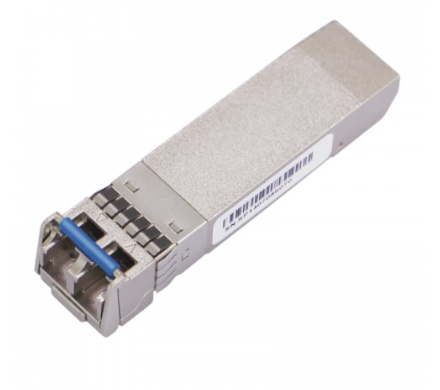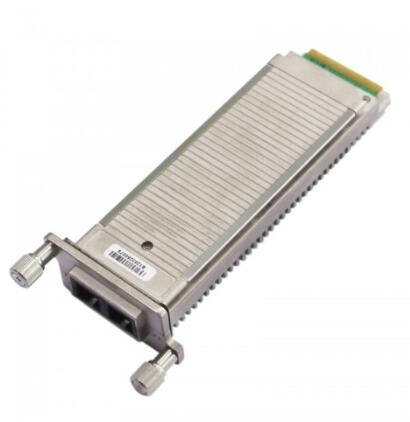- Related articles
- Market Trends for Optical Interconnection Hardware in 2023
- All Cisco SFP-10GB-LR's information (List price, Specs, Datasheet PDF, Compatibility matri
- Optical Transceivers for Cisco SLM2024T-EU Switch
- All Cisco QSFP-40G-LR4's information (List price, Specs, Datasheet PDF, Compatibility matr
- Optical Transceivers for Cisco WS-C2960XR-48LPD-I Switch
- Used in 1000BASE-BX-D Standard Optical Transceiver Models
- 7 tips for choosing network card
- Cisco 550X Series Stackable Managed Switches Offer…
- All Cisco CWDM-SFP10G-1610's information (List price, Specs, Datasheet PDF, Compatibility
- All Cisco XENPAK-10GB-ER+'s information (List price, Specs, Compatibility matrix)

Definition
SFP+ transceivers are expected to perform at data speeds of up to five gigabits per second (5 Gbps), and possibly higher. Because SFP+ modules can be easily interchanged, electro-optical or fiber optic networks can be upgraded and maintained more conveniently than has been the case with traditional soldered-in modules. Rather than replacing an entire circuit board containing several soldered-in modules, a single module can be removed and replaced for repair or upgrading. This can result in substantial cost savings, both in maintenance and in upgrading efforts as compared to old inbuilt modules.
XENPAK is a multisource agreement (MSA), that defines a fiber-optic or wired transceiver module which conforms to the 10 Gigabit Ethernet(10GbE) standard of the Institute of Electrical and Electronics Engineers (IEEE) 802.3 working group. The MSA group received input from both transceiver and equipment manufacturers during the definition process. XENPAK has been replaced by more compact devices providing the same functionality.
Difference between XENPAK and SFP+
XENPAK
- Compatible with SENPAK MSA Rev 3.0
- Support of IEEE 802.3ae 10GBASE-L
- XENPAK MSA package with duplex LC connector
- With Digital Diagnostic Monitor Interface
- Operating temperature range 0 to 70 degrees Celsius
- Hot Pluggable 70-PIN Connector with XAUI Electrical Interface
SFP+ 10G
- 8GFC and 10Gbit/s 8.5G data rate
- SFP+ MSA Compliant
- Very low power consumption (<1W)
- With digital diagnostic monitor interface
- Operating temperature range 0 to 70 degrees Celsius
- 10G serial Electrical I/F
Applications
- The applications of the device are as follows:
- Fiber Channel Links
- Gigabit Ethernet (1000Base-BX)
- Point to Point FTTH Application
- Used for Hot swappable to maximize uptime and simplify serviceability, Flexibility of media and interface choice on a port-by-port basis, so you can “pay as you populate” ,Robust design for enhanced reliability and supports digital optical monitoring (DOM) capability.
SFP VS SFP+ Cisco
SFP modules are hot-swappable, compact media connectors that provide instant fiber connectivity for your networking gear. They are a cost-effective way to connect a single network device to a wide variety of fiber cable distances and types.
- SFP+ doesn't support 10G transmission data rate that means they can't be used on the same network.
- From the price, SFP+ is more expensive than SFP
- SFP is based on IEEE802.3 and SFF-8472 while SFP+ is based on SFF-8431.
XFP VS SFP+
The XFP ( 10G Gigabit Small Form-factor Pluggable) is a standard for a transceiver for high-speed network links that use optical fiber.It was defined by an industry group in the year 2002, along with its interface to other electrical components which is called XFI.A transceiver is a device comprising both a transmitter and a receiver, which is combined and share a common circuit.
Conclusion
SFP+ cable today is tremendously popular. It is aimed at providing hardware, software, and service to consumers, small or medium-sized business and large enterprises. The applications including a vast range of hardware widely used in printing, digital imaging, software, computing as well as network service are serviced by the devices.























































